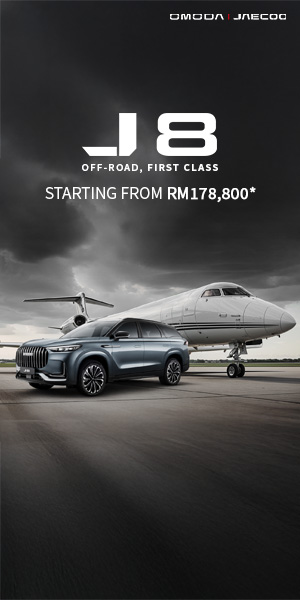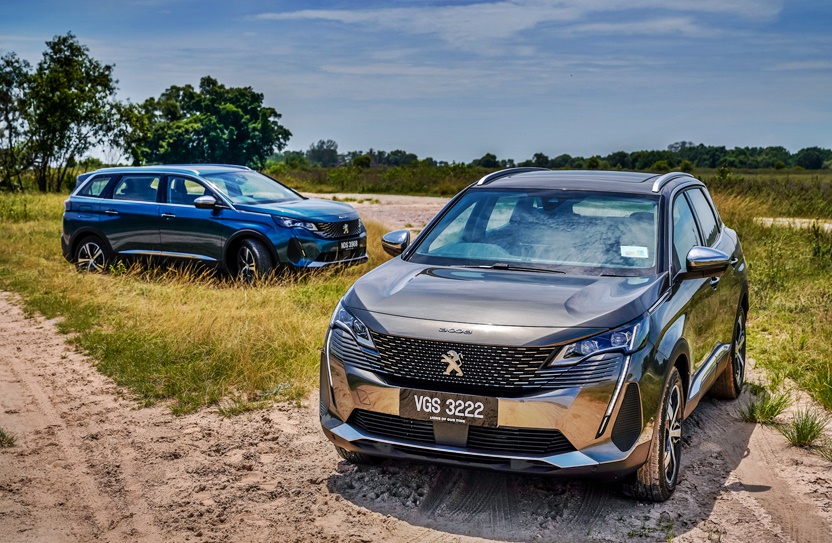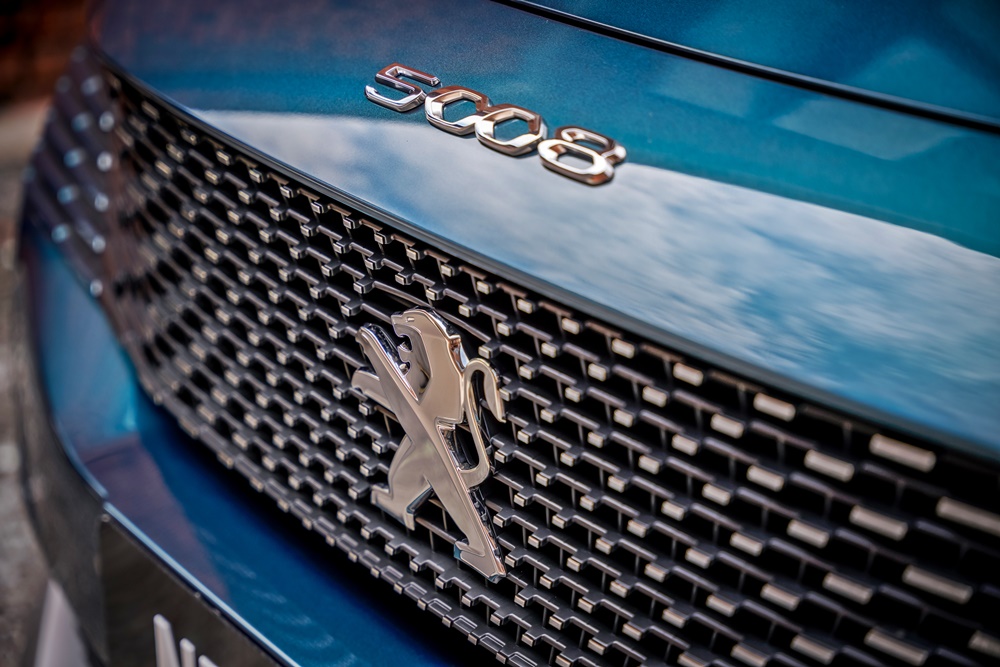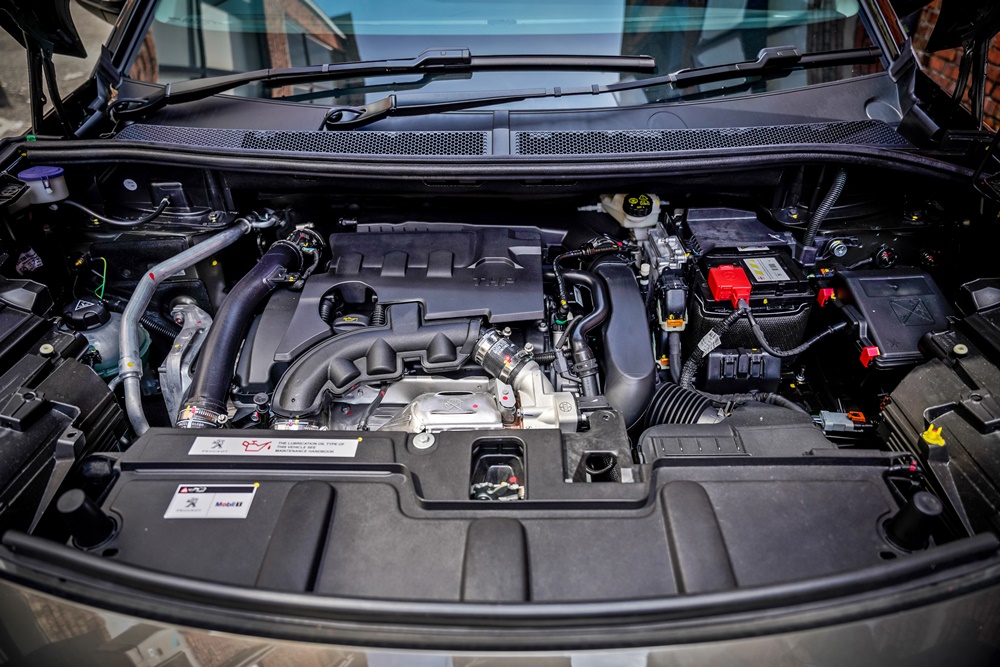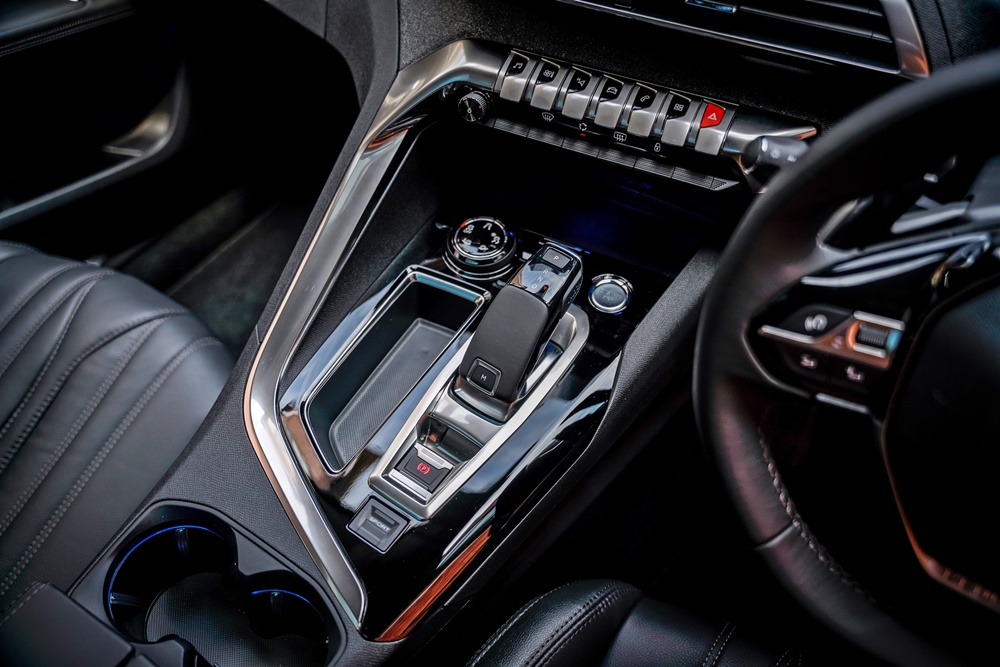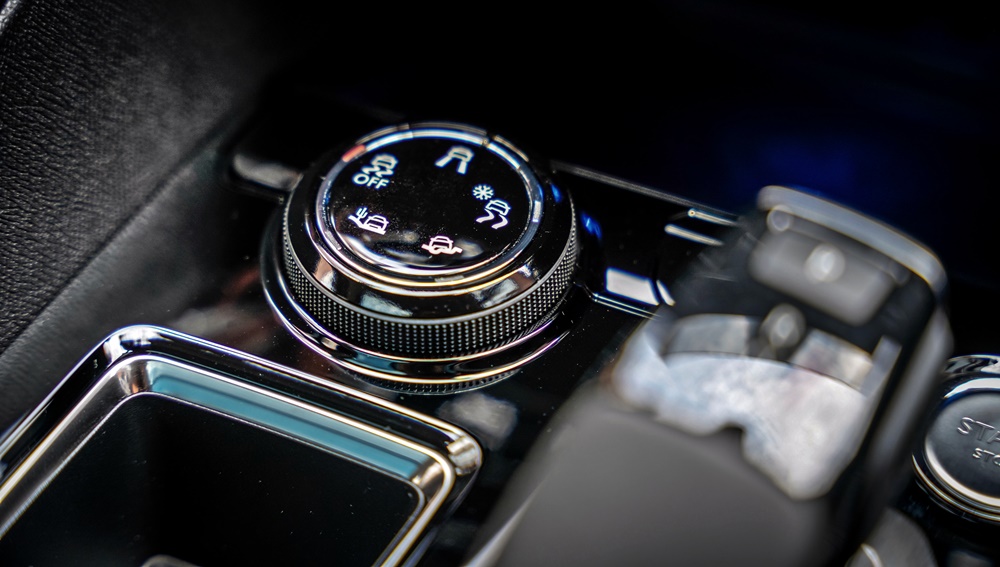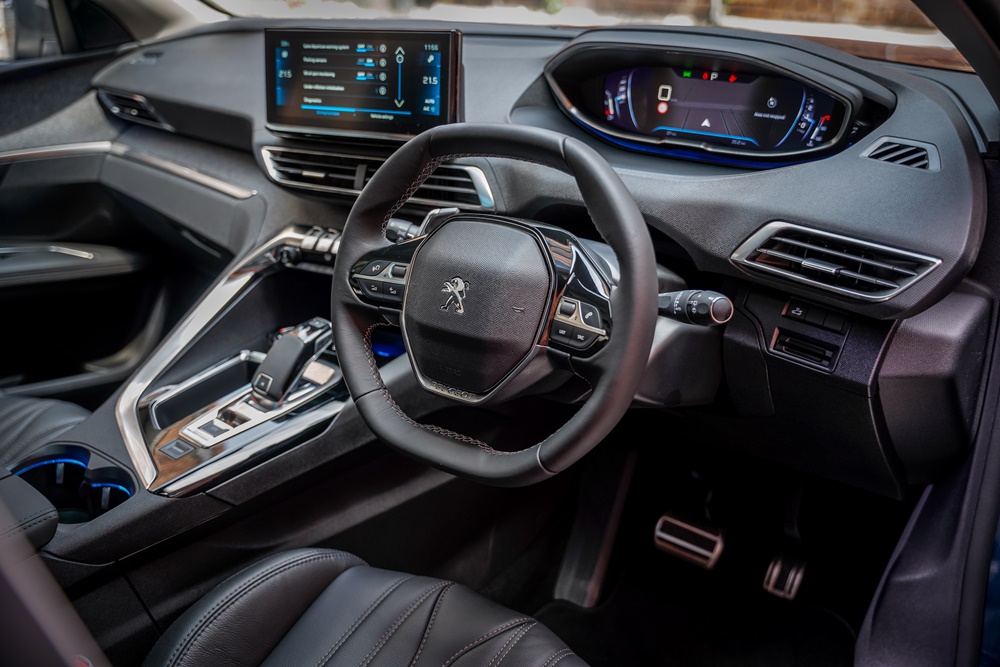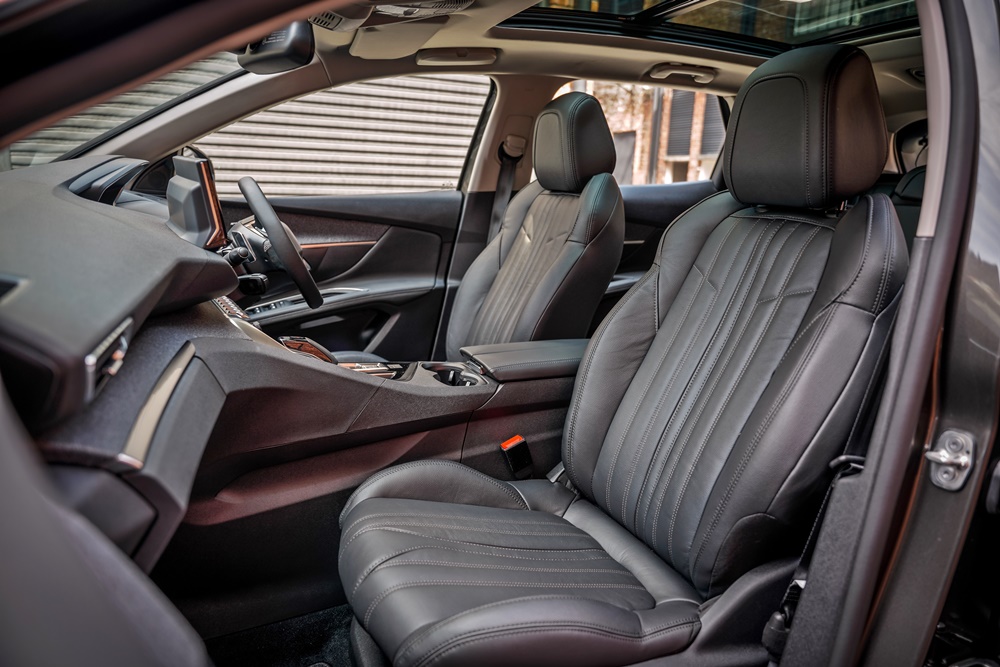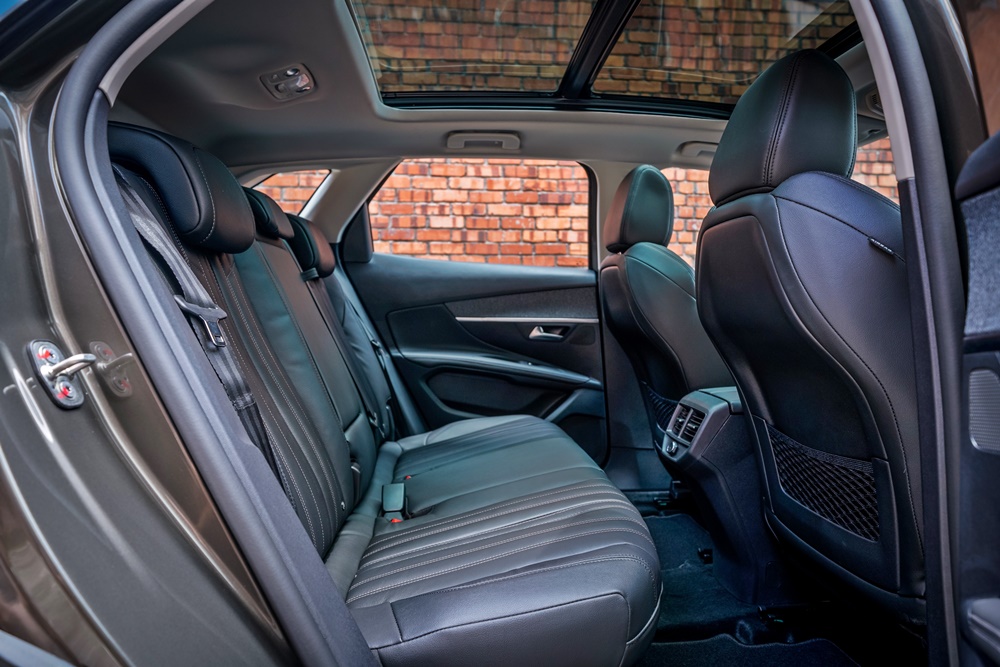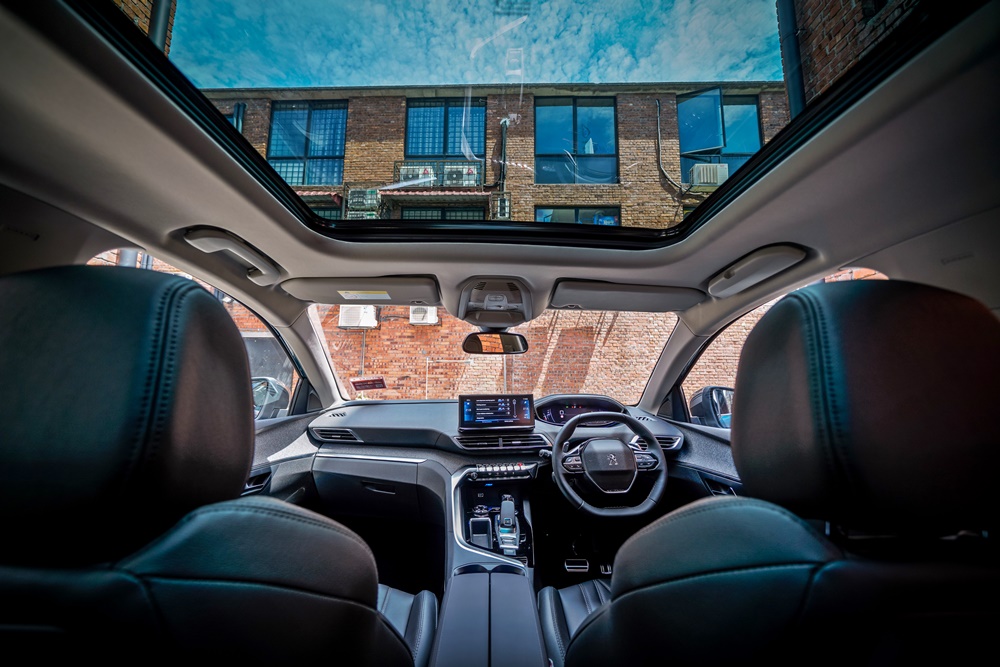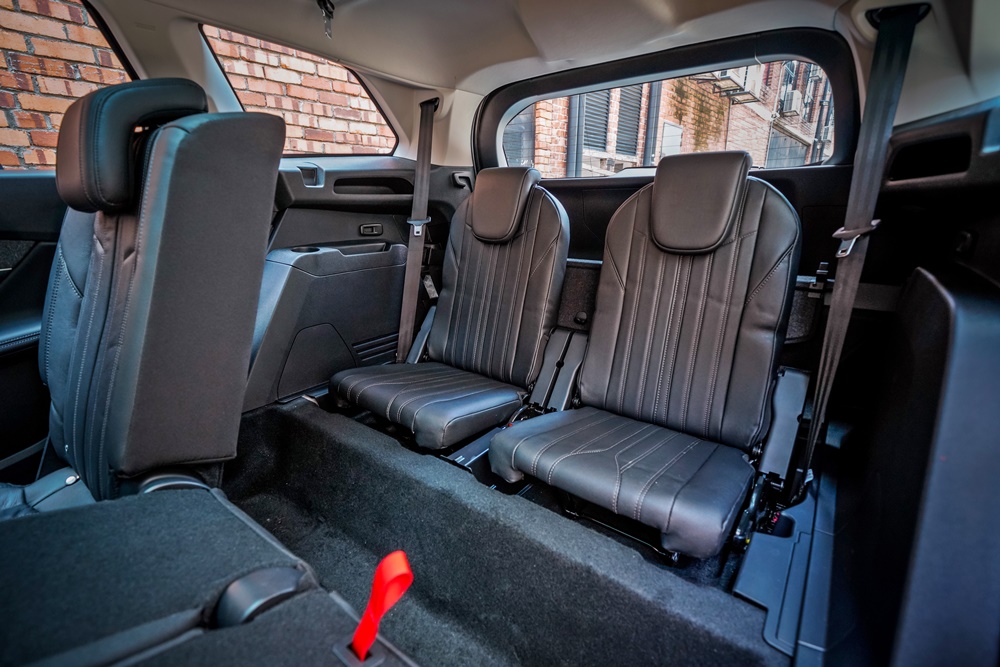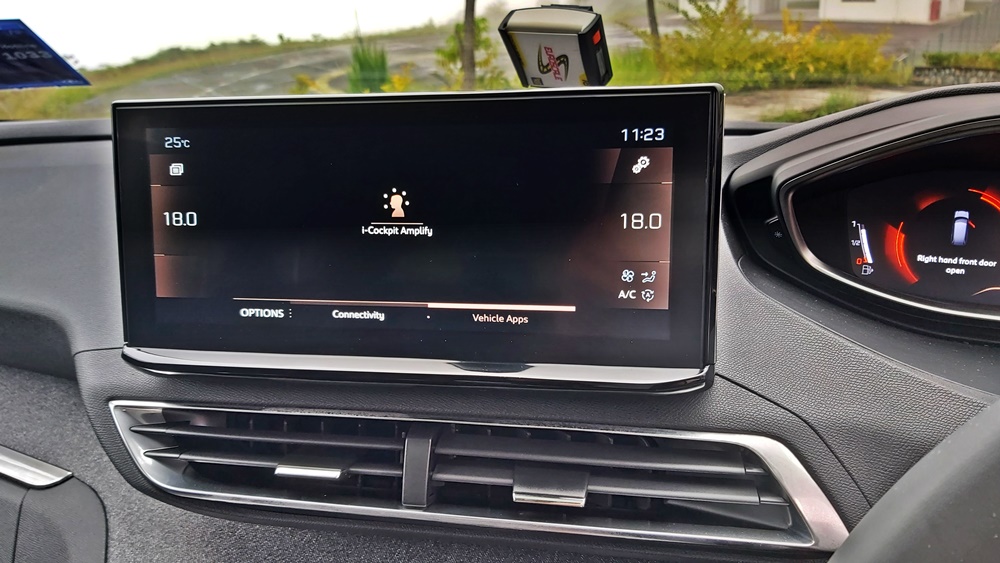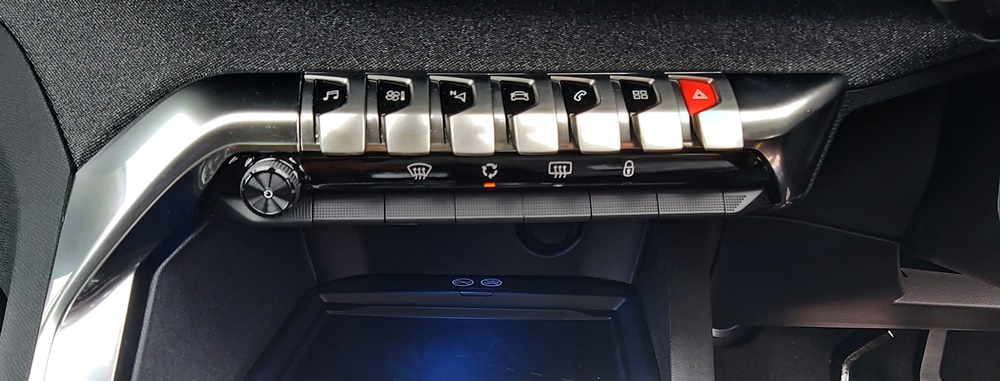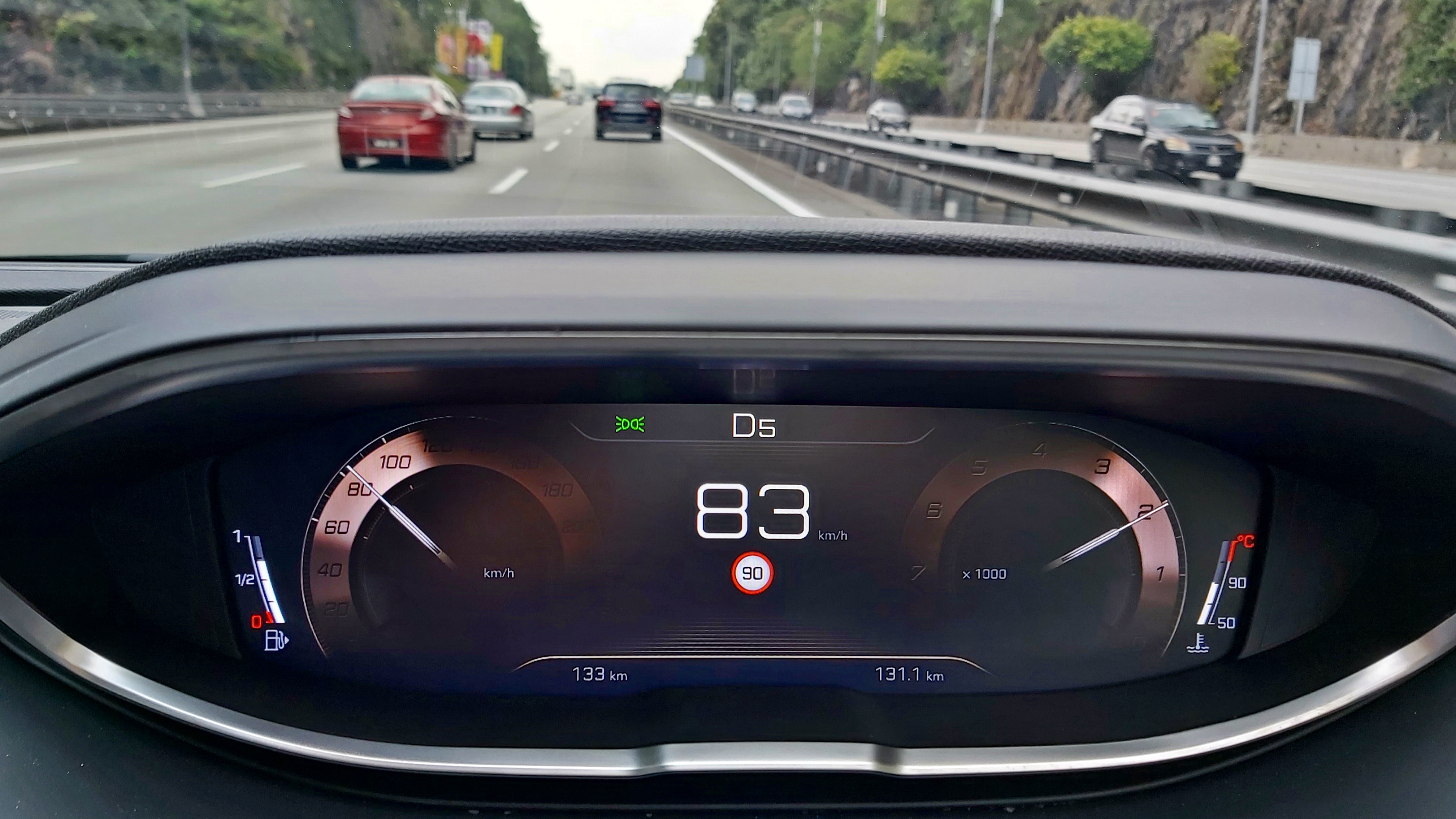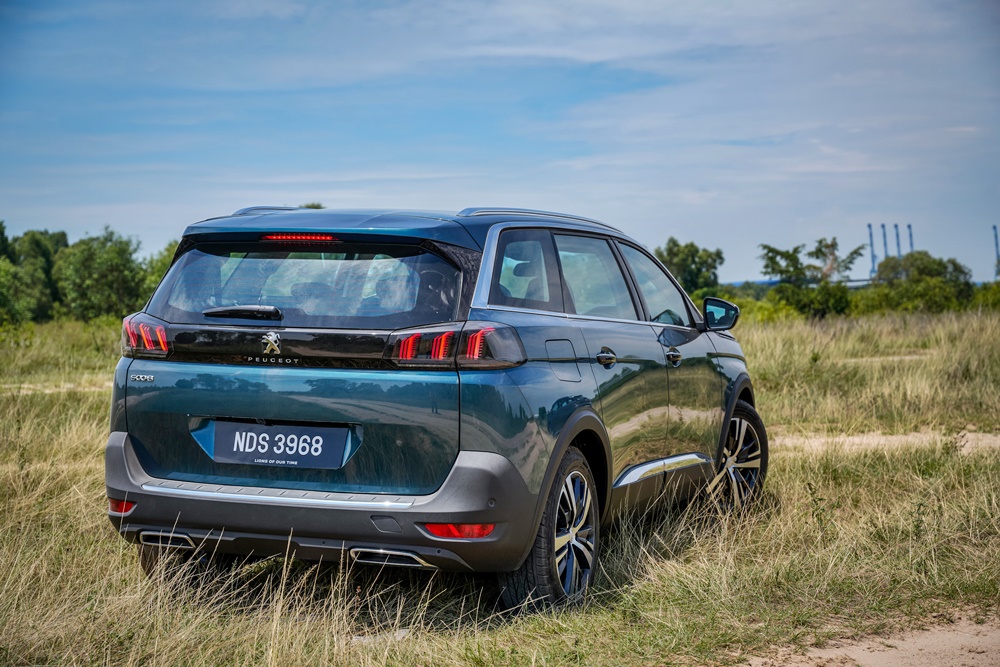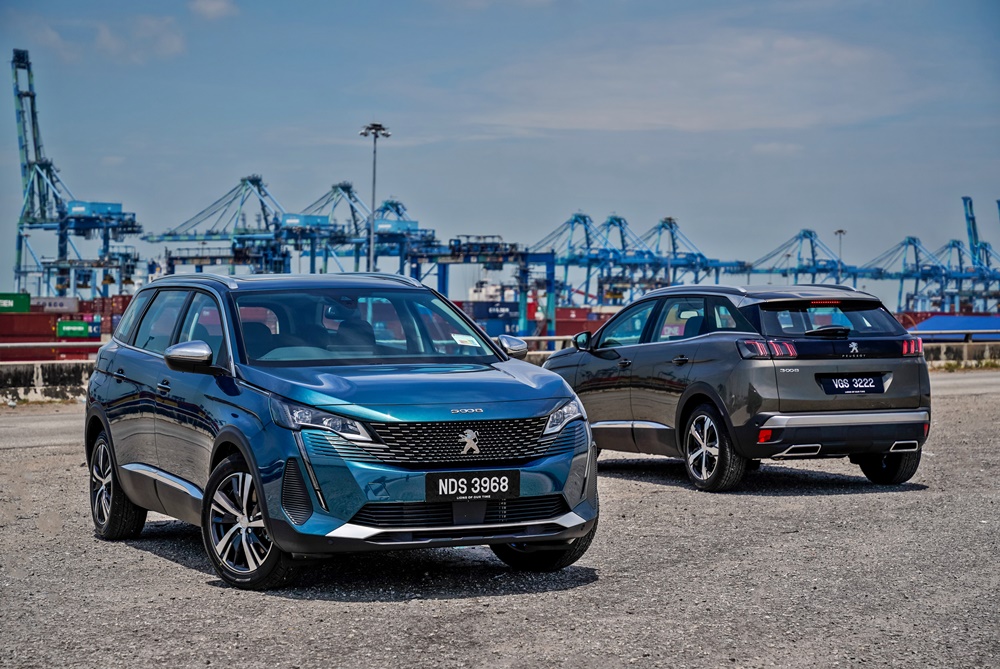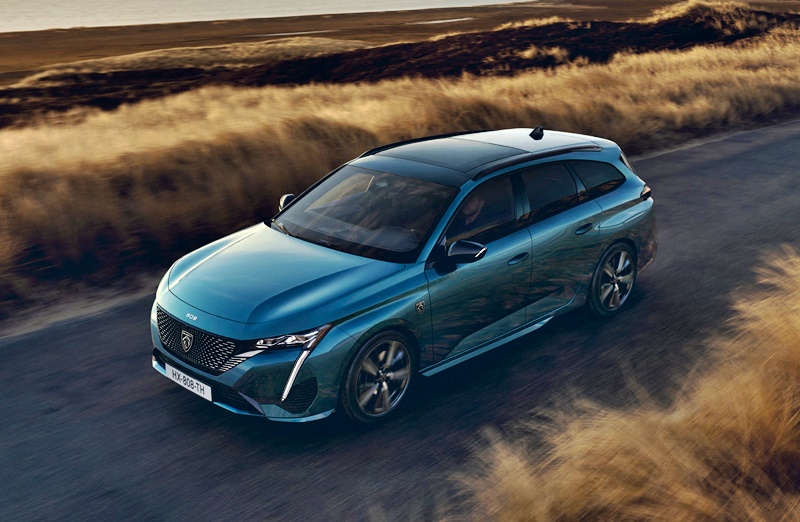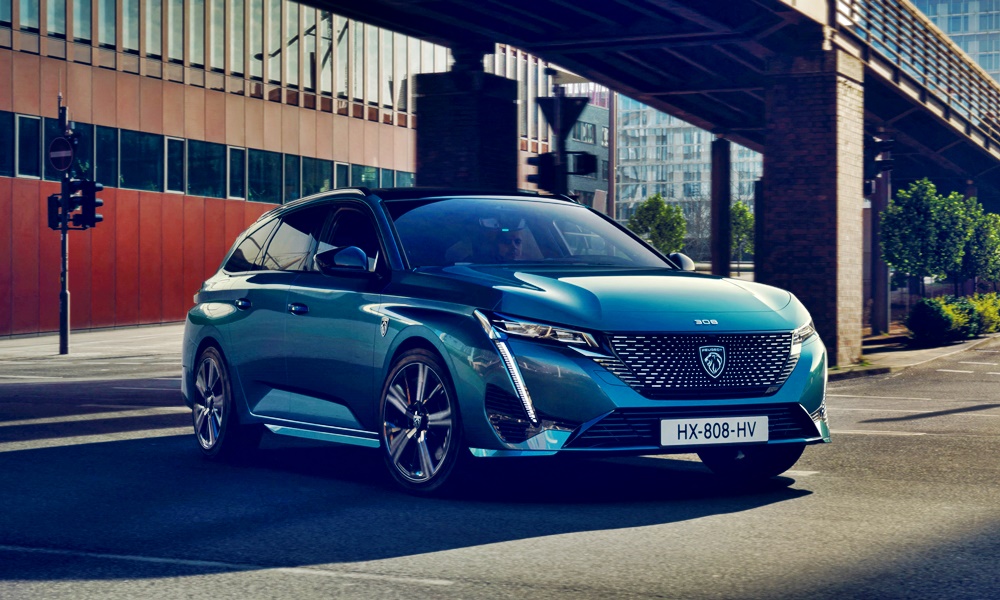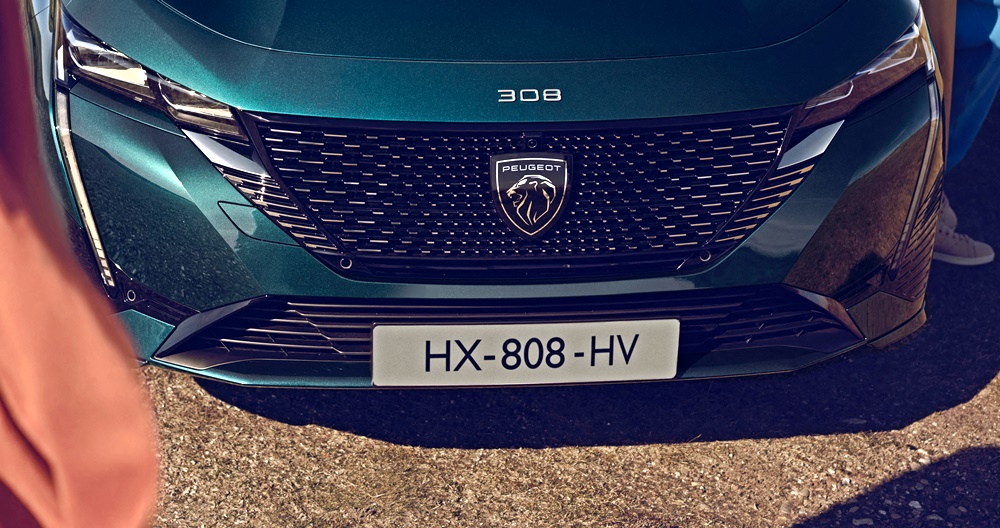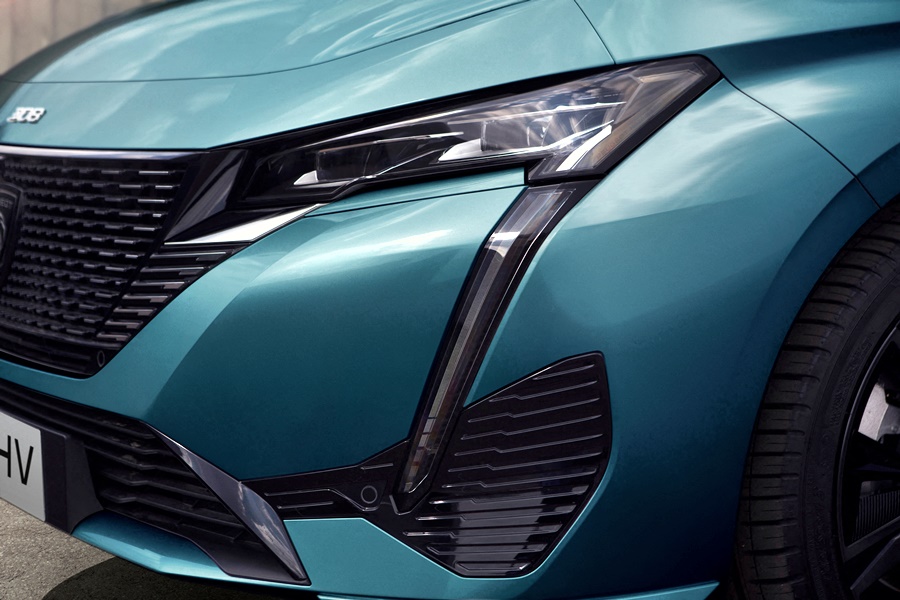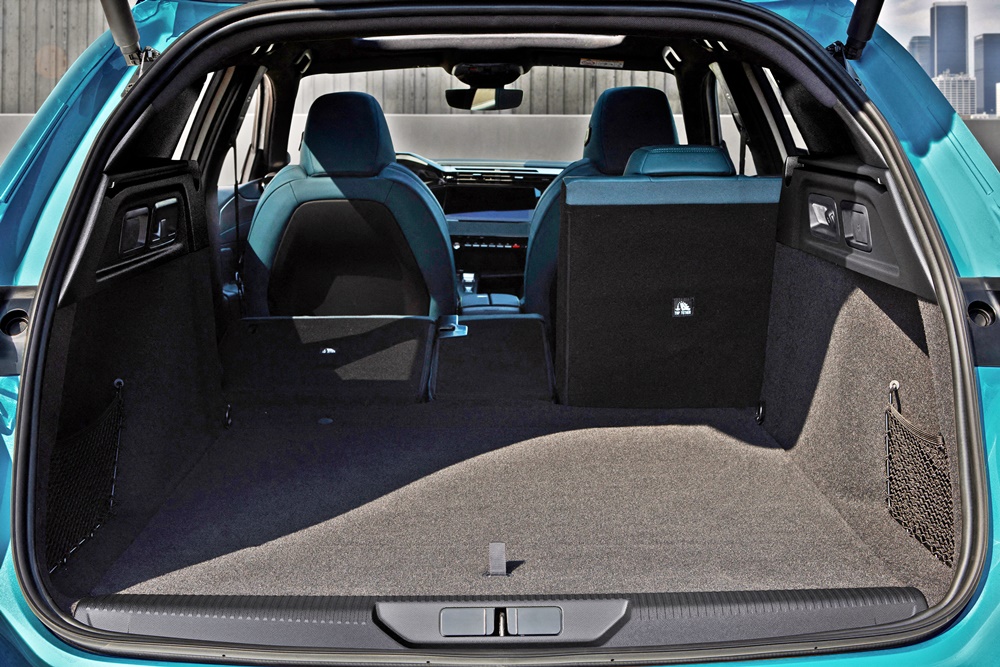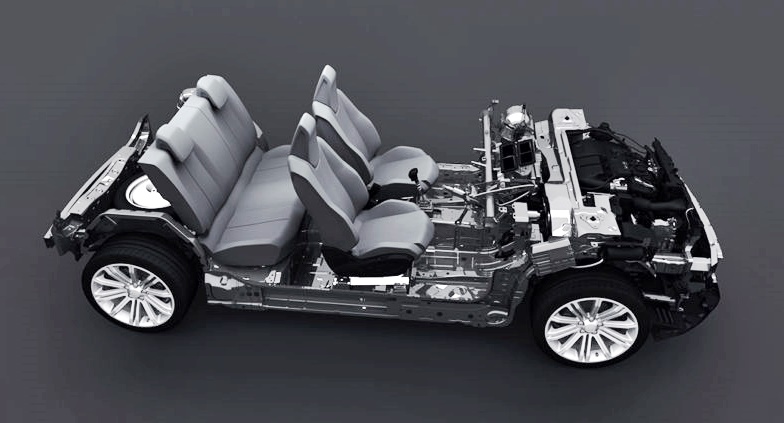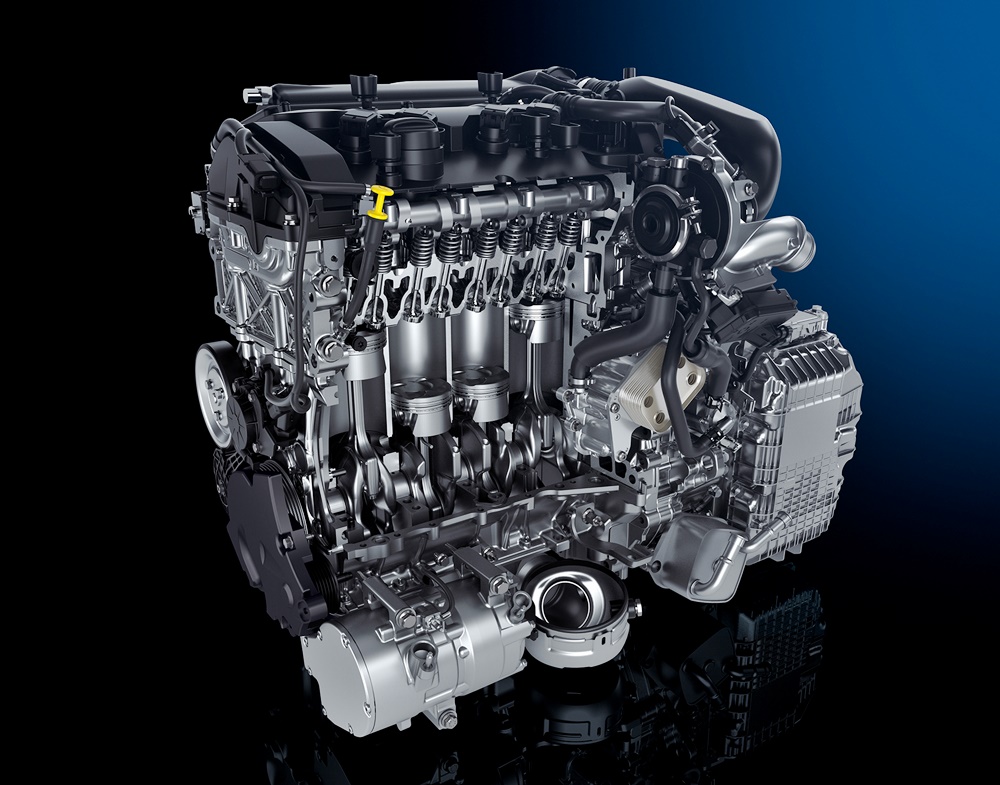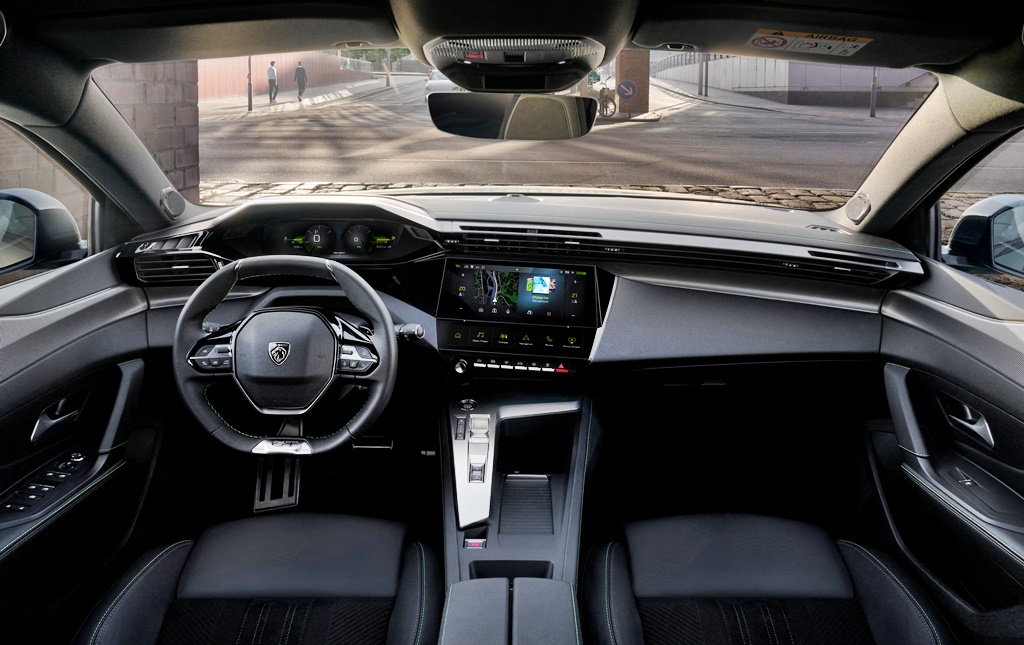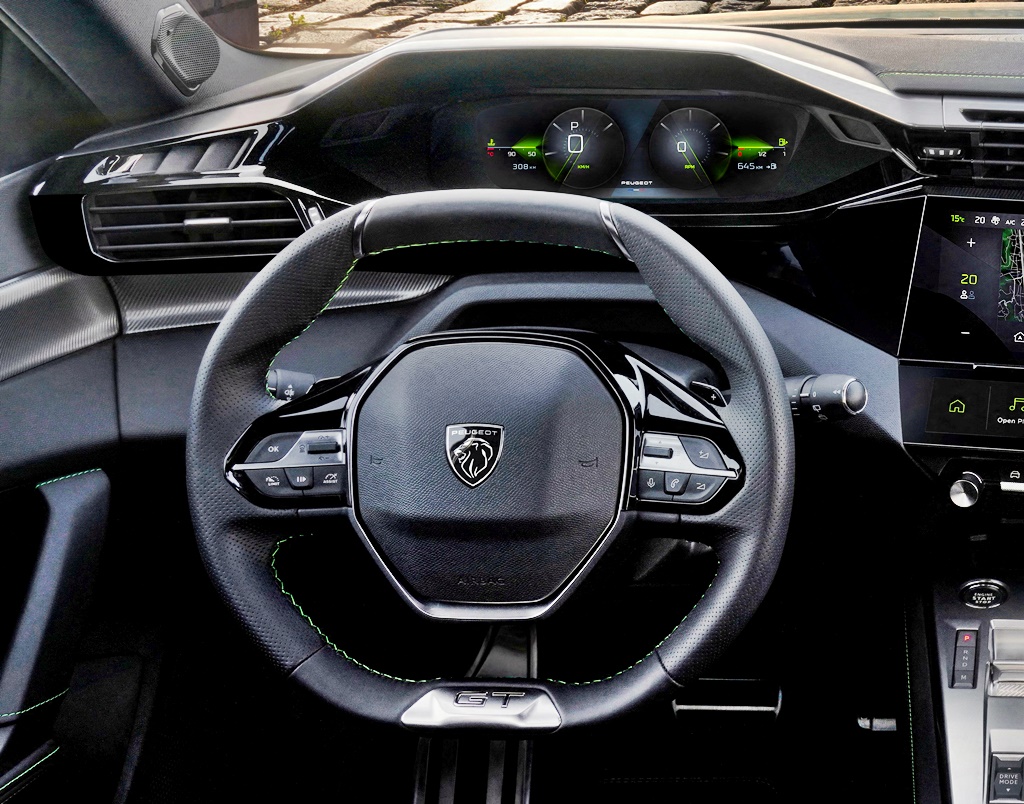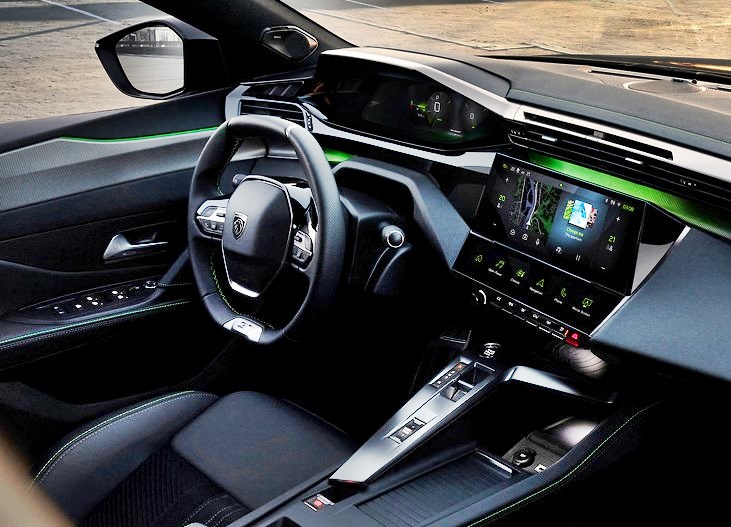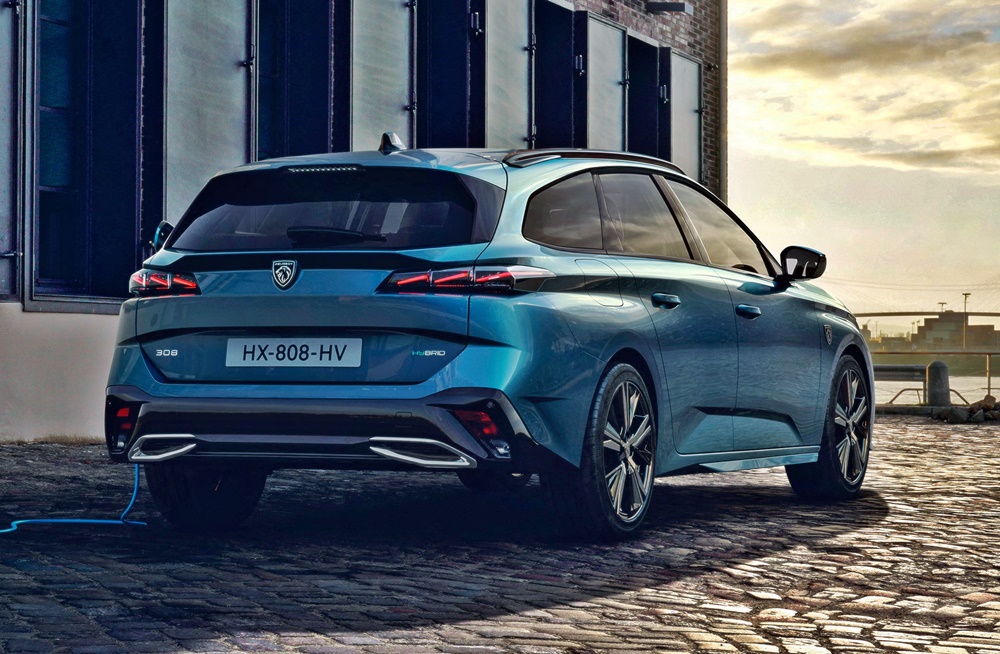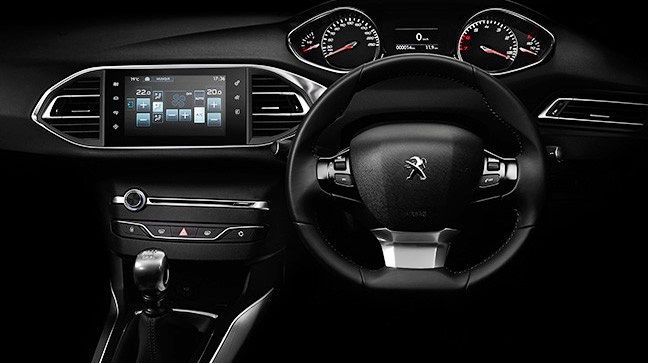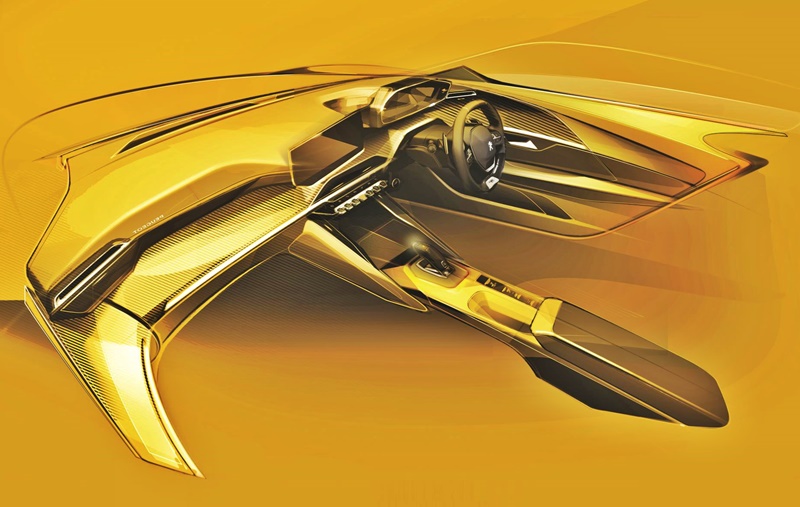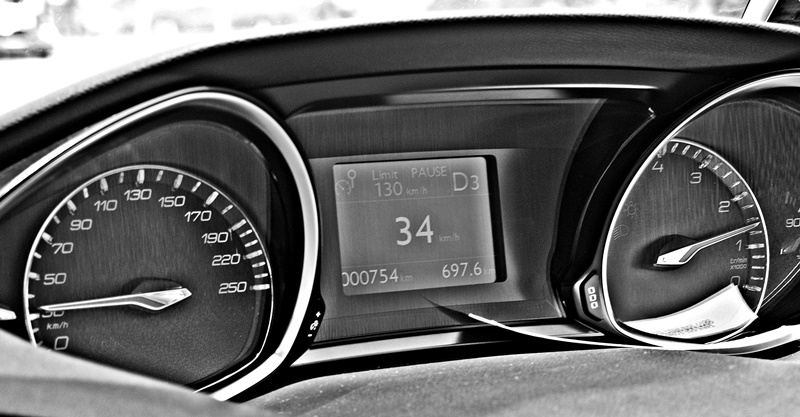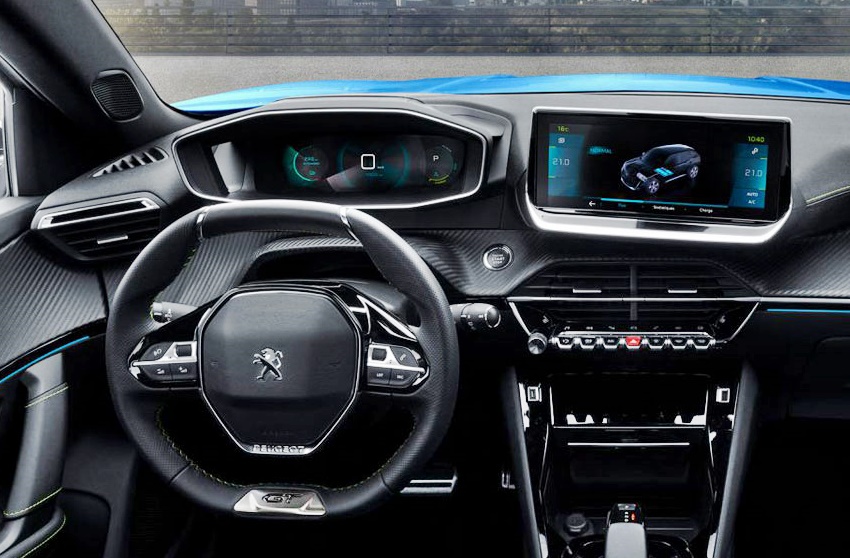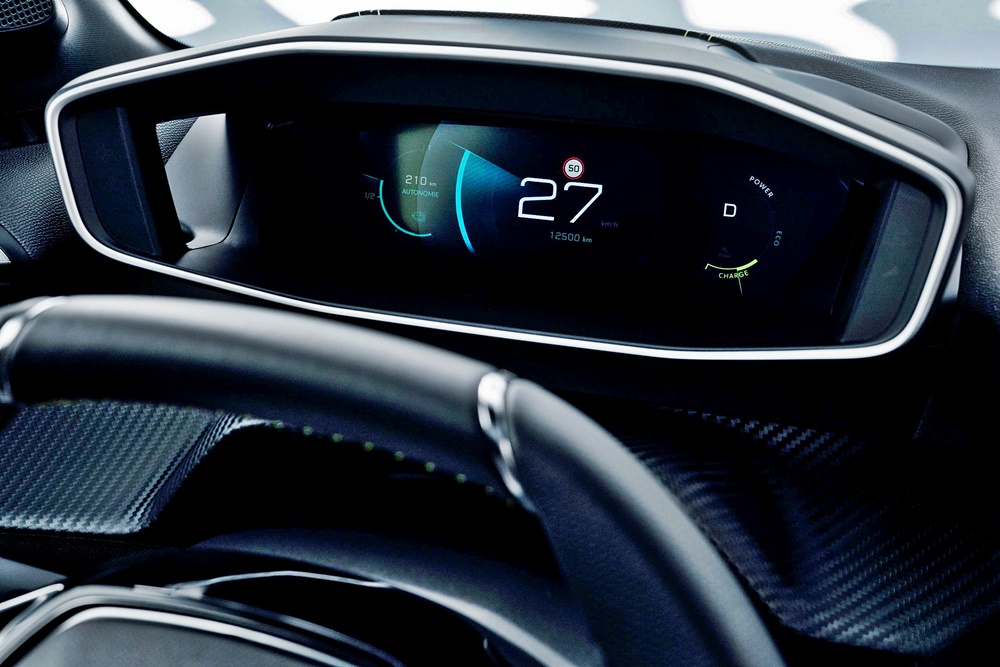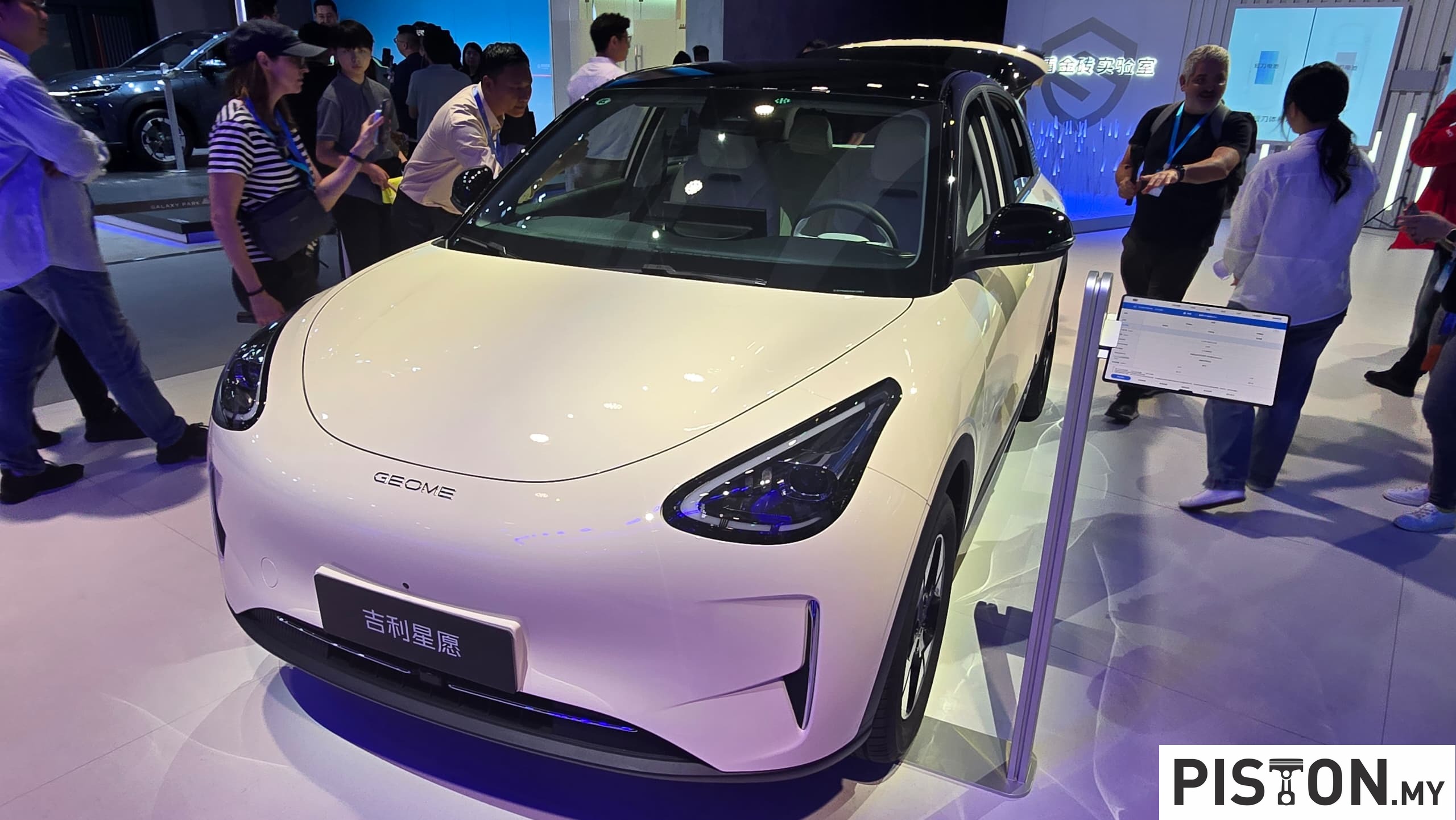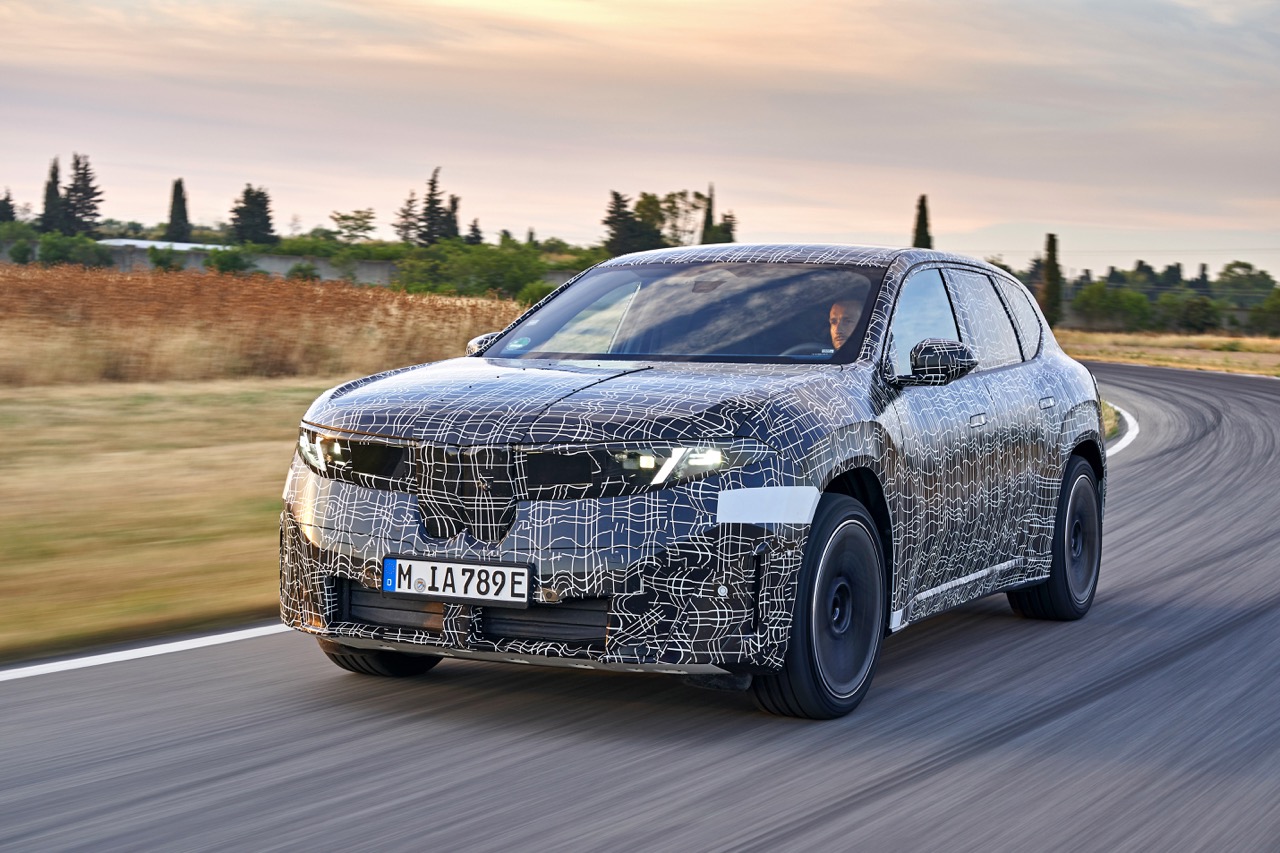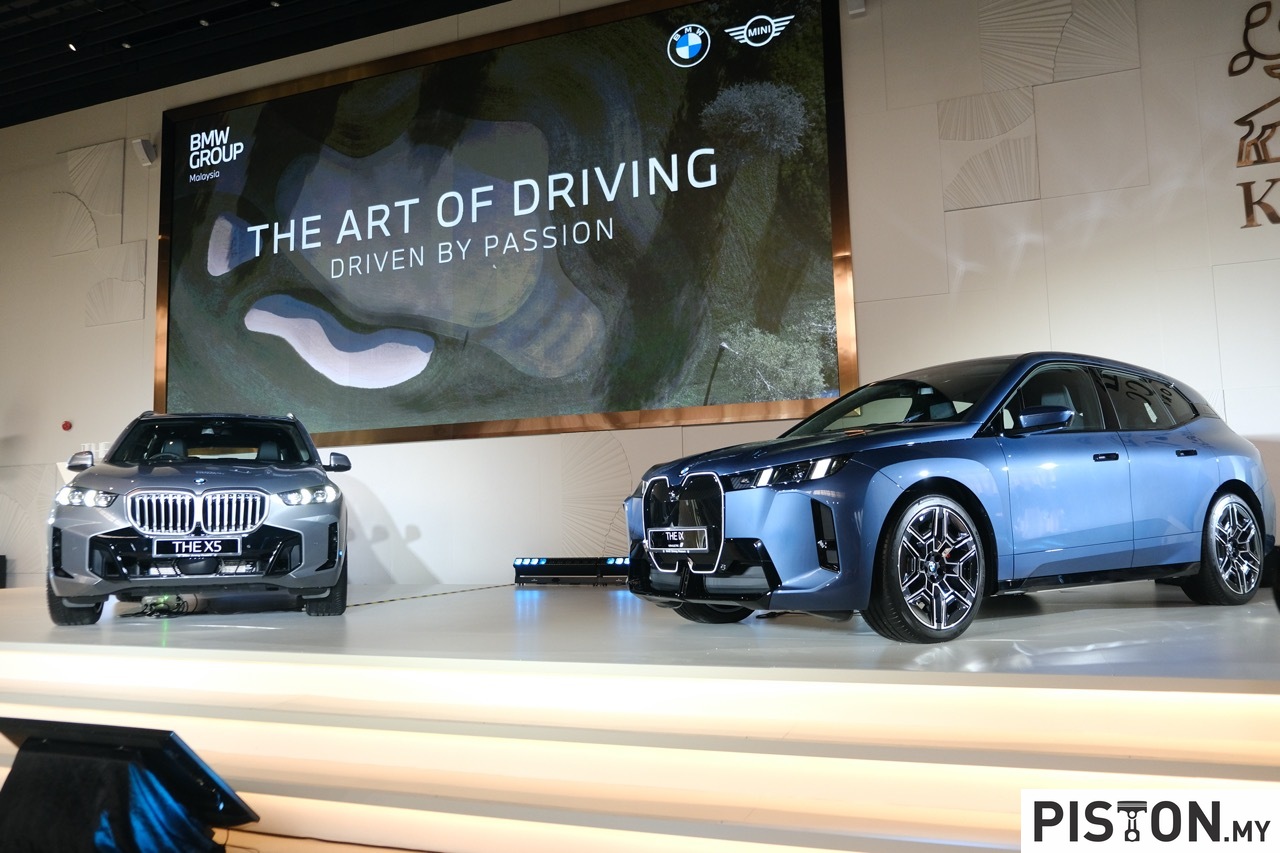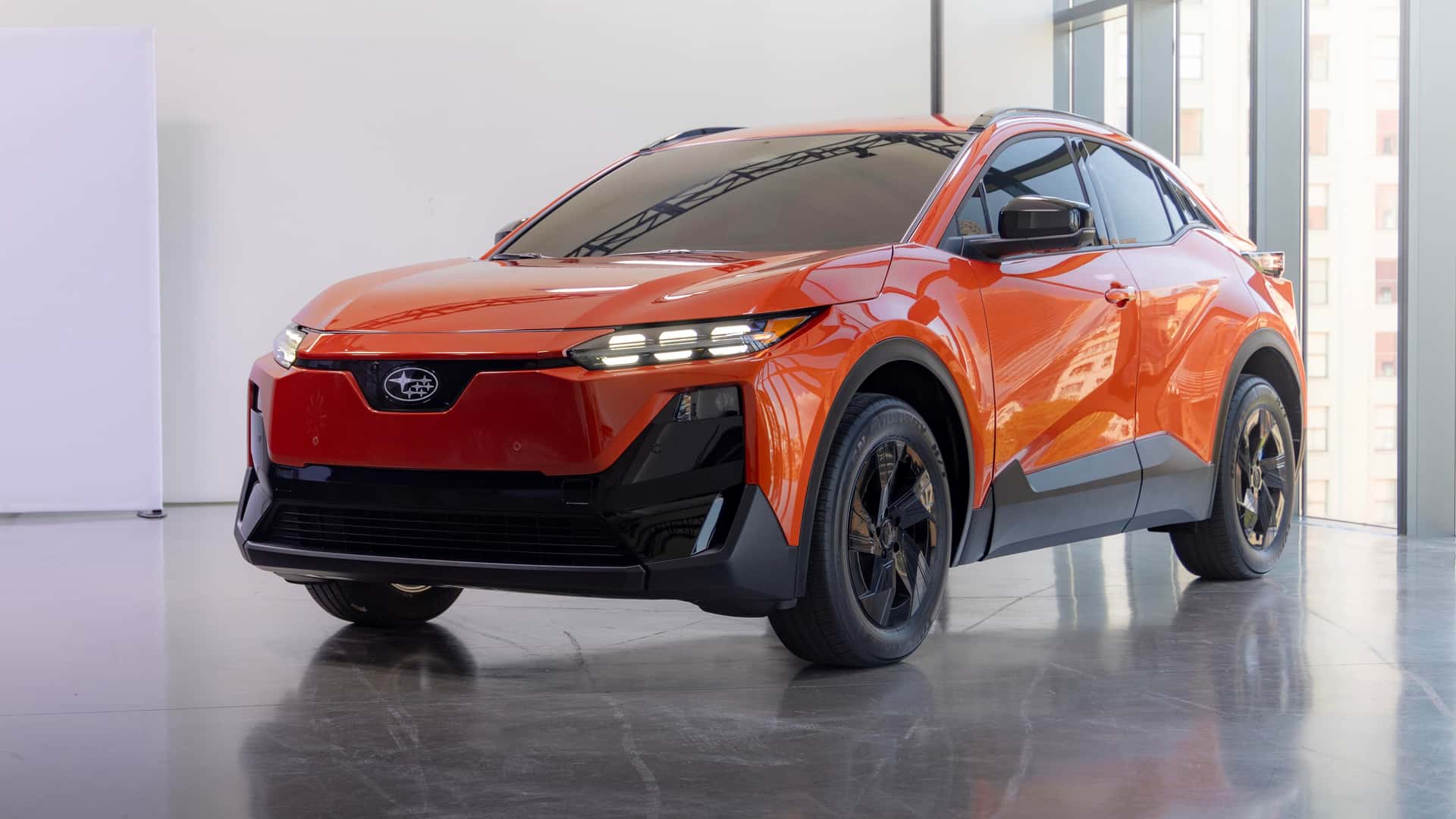In the 1970s, a company called Asia Motor was the first distributor of Mazda and Peugeot cars in Malaysia. It handled the two brands (and even assembled some models at its own plant) until the late 1980s when other companies took over each brand. Then in the early 2000s, both brands somehow ended up being taken on by the same company – Cycle & Carriage – which sold their cars till 2008. Mazda was then taken up by Bermaz while Peugeot went to Nasim Motors.
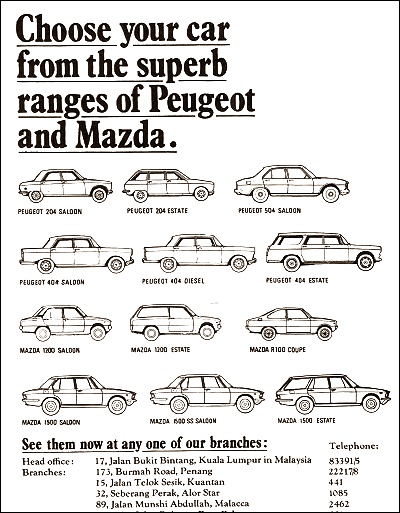
Now, history seems to be repeating itself as the Mazda and Peugeot brands are again being handled by the same company or rather, the same group. Late last year, Bermaz formed a new joint venture company with Berjaya Corporation known as Berjaya Auto Alliance Sdn Bhd (BAASB) which was appointed to the new role of Peugeot distributor. The BAASB name has since changed to Bermaz Auto Alliance Sdn Bhd and the company which imports the vehicles is Mega Galeri Sdn Bhd. While BAASB and Bermaz Motor are separate companies, the core people are the same and they are veterans in the auto industry.
Following its appointment, BAASB was busy setting up the new business which was interrupted by the pandemic and long lockdown period, delaying some plans. But since mid-August when the government began to relax restrictions and businesses could operate again, BAASB has been busy preparing to launch new models.
Meanwhile, in January this year, Peugeot’s parent company, Groupe PSA, had merged with the FCA Group (which has Chrysler and a number of Italian brands) to form Stellantis. While this did not really affect BAASB, it did see the change of ownership of the plant in Kedah which was originally bought over from the NAZA Group by Groupe PSA. The intention was to use the plant as a regional hub for Peugeot models and this was already underway.
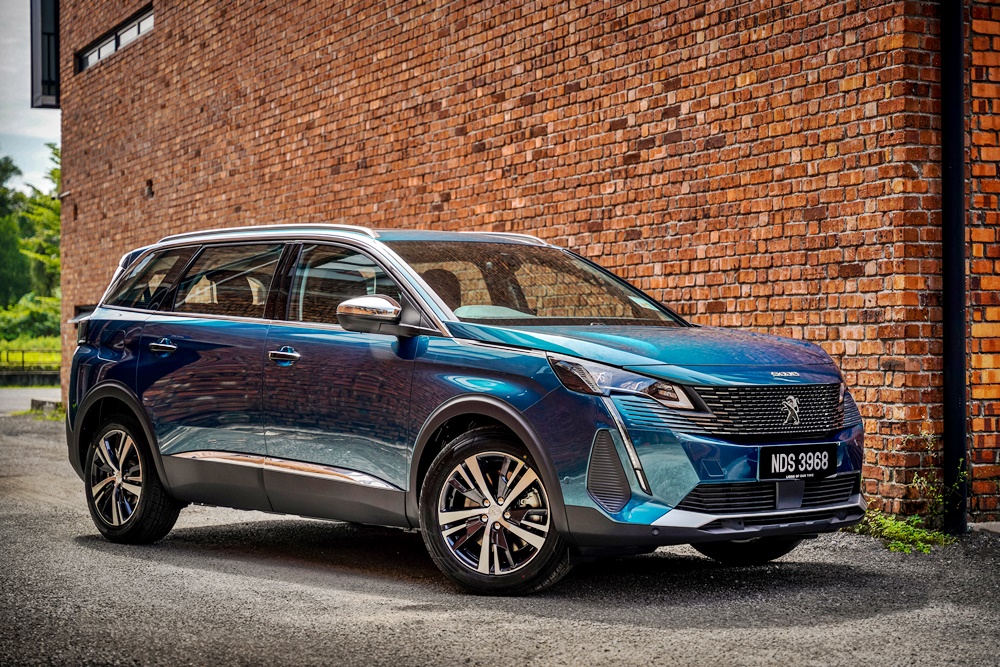
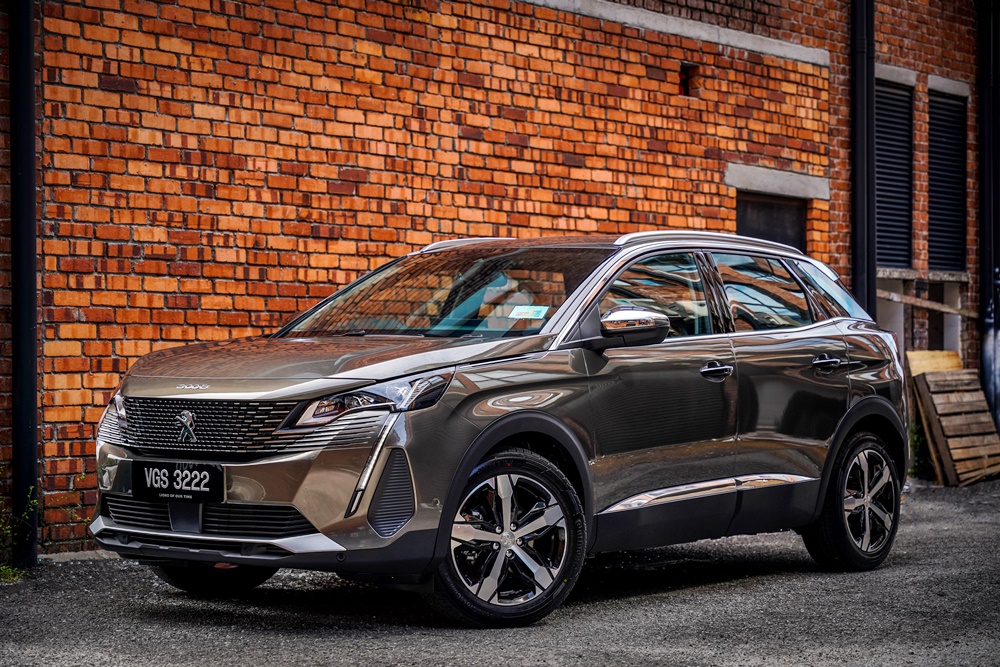
2008 to join locally-assembled range
Currently, three models are being assembled at the plant – the 3008, 5008 and 2008, the latter to be launched in the near future. With no more restrictions on gatherings and crossing borders, BAASB wasted no time organizing a media event to introduce themselves, the Stellantis people and the new 3008 and 5008 with a quick drive to Genting Highlands and back.
Both the SUVs are not new to the market, the 3008 having been introduced in second generation form in 2017, and the 5008 in 2018. However, they have received updates since their original introductions which adopt the latest design language of the carmaker. While the overall styling is unchanged, the notable differences can be seen in the front end. The grille is new with a large mass of textured elements and no frame.
The Peugeot Lion is also new and unlike previous ones, only its head is now shown (for corporate materials but the full body remains on the products). This is 11th time since the 1850s (although the original company was founded in 1810) that the brand identity and logo have been changed and the recreated emblem is said to ‘a shift in stance; a new state of mind, and a new lifestyle’. Above the Lion, on the edge of the bonnet, is the model identifier.
As their first digit indicates, the 3008 and 5008 are positioned at different levels in the market with the ‘double 00’ used for models that have a taller body structure, which means SUVs and crossovers. Comparing the two, the 3008 has a sleeker profile with bold lines whereas the 5008, being a 7-seater, is essentially an MPV but can also pass as a SUV. Both cars certainly have a premium appearance which is not unexpected of European brands.
Same engine for both models
To simplify production, both models use the same engine (for now at least) which is the same 1.6-litre THP 4-cylinder unit that came with the original introduction. Power output is 167 ps with 240 Nm of torque and the 6-speed automatic transmission is also the same one supplied by Aisin. To optimize grip on different surfaces, there are 5 modes which the driver can choose using a rotary dial.
Known as Advanced Grip Control, the system has been available in some Peugeot models since 2013 and adjusts the grip and torque to the front wheels. It helps most on very slippery surfaces when there is a need to be more sensitive with the throttle and a computer can do that better than a human foot. In most cases, drivers can probably leave it in standard mode which will be fine for most conditions.
Peugeot i-Cockpit
The highlight of the interior which Peugeot usually starts off with is the i-Cockpit. First introduced in 2012, this dashboard concept has evolved over the years and in the 3008 and 5008, it has been fully digitized. Peugeot calls the 12.3-inch digi-graphic instrument panel a ‘head-up instrument panel’ which might have people looking for the head-up display (HUD) on the windscreen ahead. However, what Peugeot’s designers have done is to position the panel in such a way that it allows the driver to keep his head up to watch the road ahead as well as still see the information on the panel.
An important contributor to the effectiveness of this arrangement is the steering wheel which is compact and flat at the top and bottom (looks like something from a racing car). It allows a clear view of the display and though compact, there is surprising ease of maneuverability. With the arms no longer needing to be so open and wide to hold the steering wheel, the actual amount of movement during maneuvers is reduced. Incidentally, for the 5008, there are also paddle shifters.
The third element of the i-Cockpit is a display in the middle of the dashboard. Resembling a tablet, this has a high-resolution full colour screen which is now 10 inches instead of 8 inches wide. It provides supplementary information and can be accessed either by touching the screen or by using the row of ‘piano keys’ below.
Connectivity is extensive with conventional cable ports, Bluetooth and Apple CarPlay/Android Auto compatibility (for Android Auto, a cable is needed and, of course, the app installed in the smartphone). Those who have the latest smartphones with wireless charging will also be pleased to find that there is a wireless charging pad added to the vehicles.
Comprehensive equipment list
With the Mazda range, the Bermaz team has always made it a point to offer the most comprehensive equipment level possible to give the best value for money. The same thinking seems to have gone into the 3008 and 5008 (available only in one version) as standard equipment includes a panoramic sunroof, handsfree powered tailgate, power adjustments for the front seats, leather upholstery, and dual zone air-conditioning.
The differences in overall length – 4670 mm for the 5008 and 4510 mm for the 3008 – are indicative of the different occupant capacity. In the case of the longer model, there is a third row of two seats which can be folded flat when not needed. While being flat when not in use is good, it does not mean that the seat is sitting right down on the boot floor with limited legroom.
The extra length of the 5008 gives it a minimum of 952 litres of boot volume, 361 litres more than the 3008. At maximum volume with the rear seats folded down, the 3008’s volume can go up to 1,670 litres while the 5008 has an expansive 2,042 litres.
As for safety, both models have been rated the maximum of 5 stars by EuroNCAP and should certainly be able to achieve the same if assessed by ASEAN NCAP. There are extensive active and passive safety systems which assist the driver but no integrated system which we are seeing in many other cars these days.
BRIEF DRIVING EXPERIENCES
We had a chance to try both models driving Genting Highlands and back to the BAASB headquarters at Glenmarie, Selangor. Although it’s been a while since being behind the wheel of these French cars, there was still a familiarity in feel that Peugeots uniquely have. It’s a feeling of stability and supple ride that you do not expect of a car that also handles well. A Peugeot engineer once suggested that it’s long experience in suspension tuning that has achieved that and something to do with damper valving.
The driving dynamics are competent and confidence-inspiring with a solid feel at all speeds. The THP engine delivers strong midrange which made for easy overtaking and the transmission’s operation was fairly unobtrusive. Between the 3008 and 5008, the smaller model felt nicer to drive with less roll and a bit more nimbleness. This could be largely due to the 100+ kg difference in weight more than the body size.
But unlike older Peugeots (and older cars in general), today’s new generation of cars have a lot of electronic systems and because electronics do not take up much space, many more features are crammed in. To use them, you need to spend a little while figuring out which button to press or how to bring up the menu on the screen.
It can be daunting at first and European manufacturers have different control approaches to the Japanese. So if you are switching from a Japanese model to a Peugeot, be prepared to have to relearn many things! But having said that, once you become familiar with all the controls, then they make driving more convenient.
The i-Cockpit layout – specifically the instrument panel – is ergonomically sound in concept but also needs a bit of getting used to as it is located differently from conventional instrument panels. The display can be configured from minimal to maximum information, depending on your preference.
One thing that is disconcerting is the tachometer and this has been the case since the first i-Cockpit. The sweep of the pointer does not follow convention, ie from left to right. Instead, for some sort of visual symmetry, it sweeps from right to left. In the early versions with traditional meter displays, it was sometimes disturbing to see the pointer somewhere at the 2 o’clock position which would usually mean you are running at high revs but actually, the revs are around 3,000 rpm.
With the latest graphic display, this is less disturbing because the calibrations are not show entirely and only a small segment before and after are shown. But as mentioned earlier, it’s a matter of getting used to this difference and after a while, an owner will be okay. For us who spend only a couple of hours with the car, that familiarity is not always achieved.
It’s the same as having signal stalks on the left side or right side and getting into a car where it is on the opposite side to what you are used to. You keep activating the wipers and curse a lot for a while but after a week or so, you no longer have that problem.
Want to buy one?
Both models are offered with a choice of three common colours (Amazonite Grey, Pearl White and Nera Black) and Cuprite Brown exclusively for the 3008, with Emerald Crystal only for the 5008. Pricing starts from RM161,616.66 for the 3008 and RM177,311.90 for 5008 without insurance. As they are both assembled in Malaysia, the government is exempting the full amount of sales tax until June 30, 2022 so you save some money.
For those who are wondering about aftersales service, we feel sure that the BAASB team will certainly be making sure that it is of the high quality appropriate to the brand. They’re giving free maintenance for the first 3 years (or maximum of 60,000 kms) as well as a 5-year warranty or maximum of 100,000 kms.
Information on showroom locations can be found at www.peugeot.com.my and if you are already owning a Peugeot, BAASB would really like to get your contact details. This will enable them to keep in touch with you and provide the aftersales support, especially if there are any technical updates available for your car.
Peugeot owners in Malaysia asked to update information with new company handling the brand






